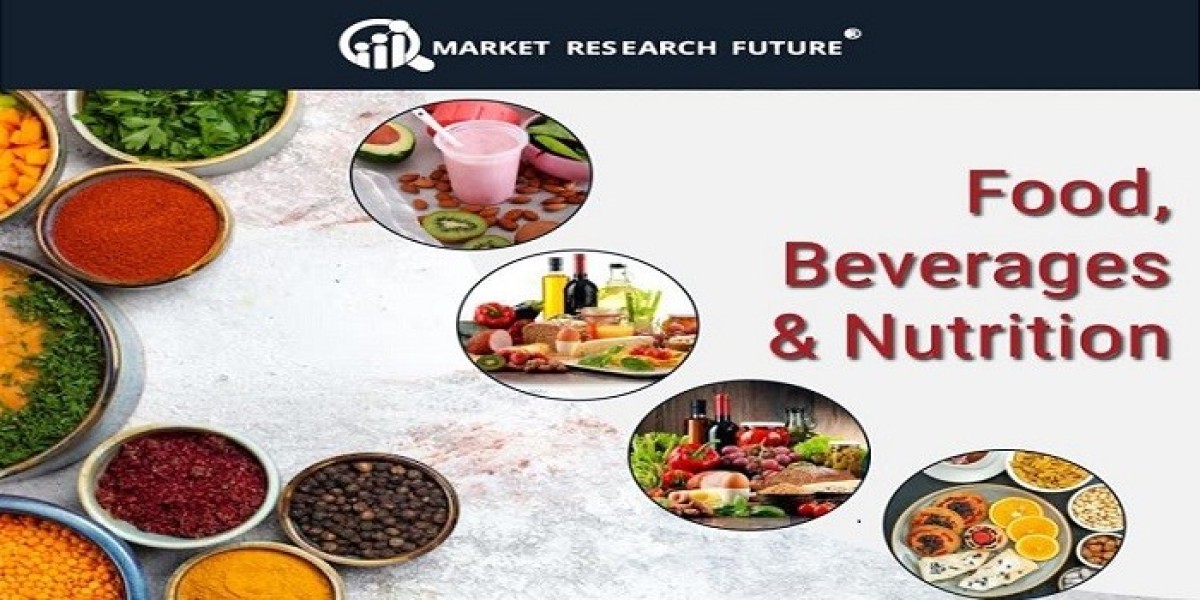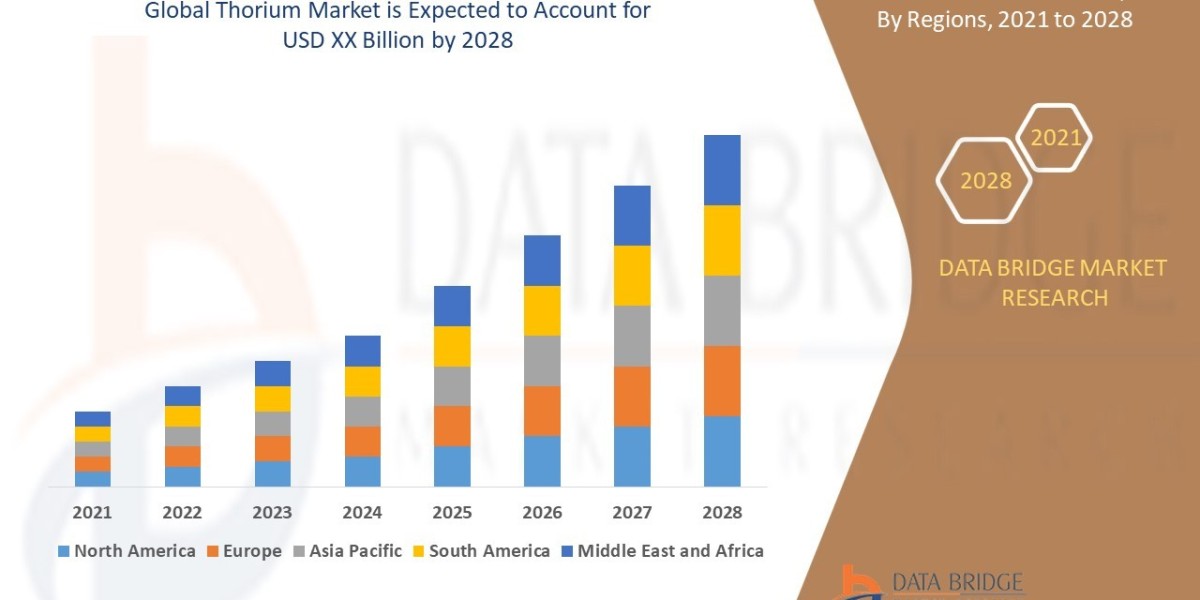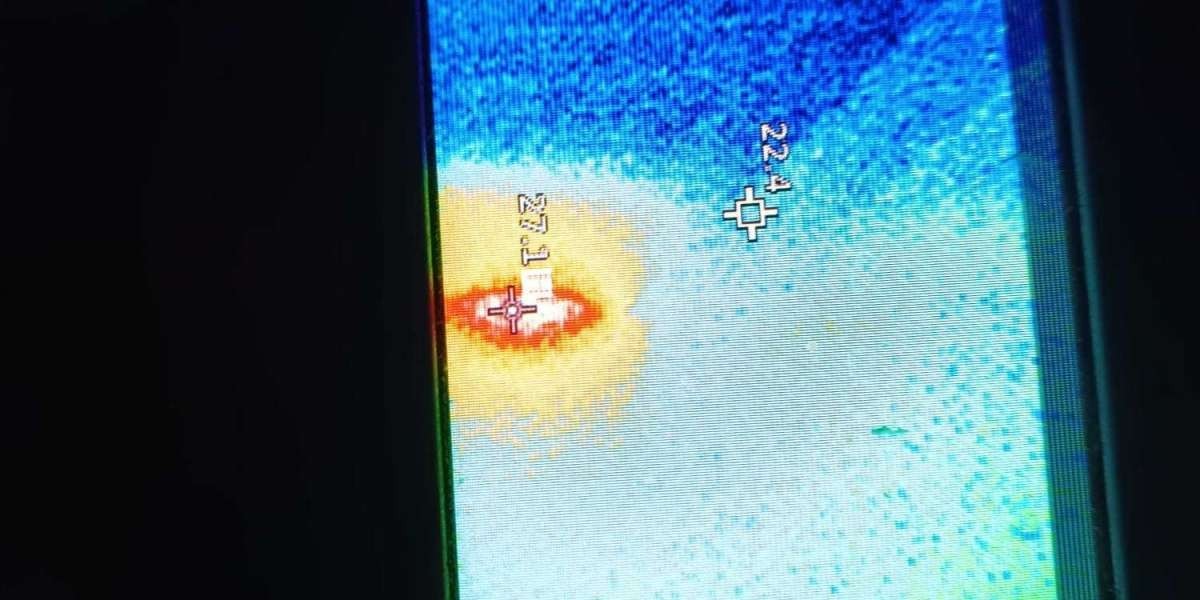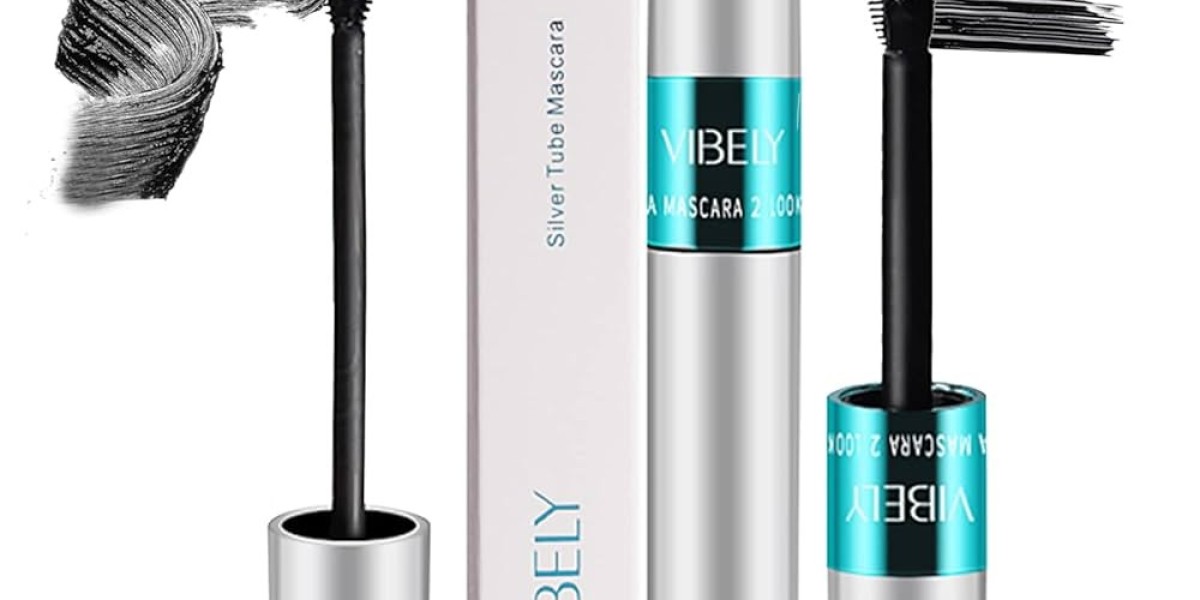The allure of caviar has historically rested on rarity, exclusivity, and tradition. But as wild sturgeon populations face environmental stress and regulatory pressure, the industry’s future is increasingly anchored in sustainability and aquaculture. The MRFR report emphasizes that sustainable aquaculture practices are becoming a central driver for the caviar market’s next growth phase.
Why Sustainability Is No Longer Optional
1. Ecosystem & Species Conservation
Many sturgeon species are endangered or under threat. Governments are tightening fishing quotas and protective regulations, making wild harvests uncertain or untenable.
2. Consumer Eco-Consciousness
Premium consumers now expect more than taste: they demand proof of ethical sourcing, environmental responsibility, and traceability.
3. Supply Predictability & Quality Control
Wild sources are volatile; disease, seasonal variation, and ecological shifts cause supply risk. Aquaculture enables more consistent output, improved quality control, and better scalability.
4. Market Differentiation
Brands that invest in eco-friendly practices can distinguish themselves in a crowded premium market.
Aquaculture Models & Innovations
Closed Recirculating Aquaculture Systems (RAS)
RAS allows raising sturgeon in controlled systems with minimal water discharge, better biosecurity, and strict environmental control.
Hybrid / Selective Breeding
Developing faster-growing, disease-resistant strains can shorten production cycles and reduce mortality, improving yield and sustainability.
Vertical Integration & Integrated Aquaculture
Combination of fish farming with other aquatic species or water reuse systems helps improve resource efficiency.
Traceability & Certification Technologies
Using blockchain, RFID, and third-party auditing ensures consumers can trace “pond to plate,” boosting trust.
Challenges to Scaling Sustainable Aquaculture
Capital & Infrastructure Costs: Building systems like RAS is capital-intensive.
Biological Risks: Disease, water quality, feed management, and mortality rates remain critical concerns.
Time Lags: Sturgeon can take years to mature; scaling new operations is inherently slow.
Perception Issues: Some traditionalists may view farmed caviar as inferior to wild catch.
Market Impact & Strategic Implications
MRFR reports that sustainability is one of the key trends propelling growth in the caviar market. As the global market is set to more than double by 2035, aligning supply with ethical production is essential to unlocking new segments and reducing supply risk.
Brands that successfully adopt sustainable aquaculture stand to gain:
Premium pricing premium for ethically produced lines
Entry into markets with strong environmental regulation
Greater control over cost and supply
Stronger brand image and consumer loyalty
From a strategic standpoint, combining sustainable production with premium marketing, storytelling, and certification can accelerate consumer acceptance.
Regional & Market Considerations
In Asia-Pacific (which held ~30.4 % of market share in 2022), rising consumer awareness and regulatory frameworks make sustainability especially relevant.
In Europe and North America, markets already sensitive to environmental credentials may reward sustainable caviar more strongly.
Producers may target niche luxury or eco-luxury segments first before scaling to broader premium lines.
Conclusions & Outlook
The future of the caviar market is not just about scarcity or prestige — it's about stewardship, innovation, and ethical growth. As wild sources become uncertain, aquaculture and sustainability will determine who leads, and who lags. For firms ready to invest, the coming decade offers both challenge and promise in equal measure.








